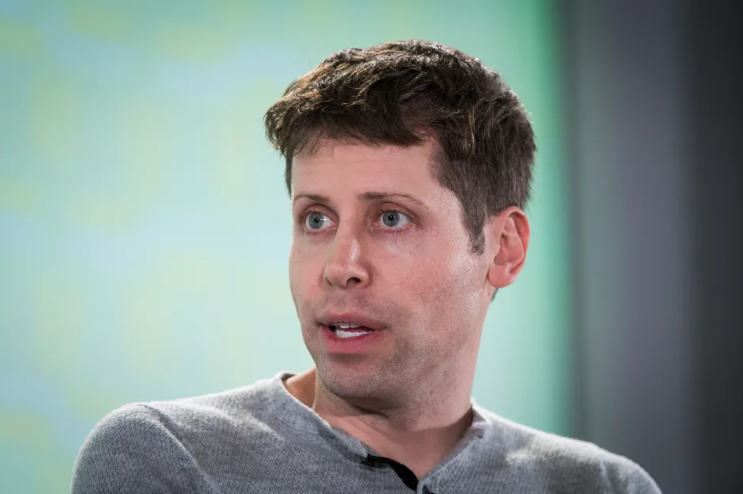
David Paul Morris—Bloomberg via Getty Images
Microsoft is making a bold bet that it can get power from nuclear fusion in half a decade’s time.
More from Fortune: 5 side hustles where you may earn over $20,000 per year—all while working from home Looking to make extra cash? This CD has a 5.15% APY right now Buying a house? Here's how much to save This is how much money you need to earn annually to comfortably buy a $600,000 home
The company announced Wednesday that it had agreed to purchase electricity from Helion Energy, a nuclear fusion startup, by 2028. The startup promised to provide at least 50 megawatts for Microsoft within a year, or pay a financial penalty.
Helion called the deal “the first announcement of its kind” in a post on the company’s website.
The nuclear fusion startup—like every other project focusing on nuclear fusion—has yet to successfully produce any electricity, let alone do so cheaply enough to be commercially viable, according to the Wall Street Journal. The startup is promising that next year it will debut a prototype that proves its technology can generate power.
In 2021, the company claimed that its most recent prototype broke 100 million degrees Celsius, an important milestone on the path to a commercial fusion plant.
Fifty megawatts is a little over the total capacity of U.S. offshore wind farms (at 42 megawatts), notes The Verge. But it’s still significantly less than the over-900 megawatt Sandy Creek Energy Station, the last large coal-fired plant built in the U.S, and a tiny sliver of the 1.2 gigawatts of clean energy Microsoft bought last year (according to the Wall Street Journal citing Bloomberg data).
Most experts believe commercial nuclear fusion is decades away. “I would say [the Microsoft deal is] the most audacious thing I’ve ever heard,” Robert Rosner, a theoretical physicist at the University of Chicago, told The Verge.
But Microsoft thinks Helion might pull it off. “We wouldn’t enter into this agreement if we were not optimistic that engineering advances are gaining momentum,” Microsoft president Brad Smith told the Wall Street Journal.
One of Helion’s largest backers is Sam Altman, who is also the CEO of OpenAI, the developer of viral chatbot sensation ChatGPT. Altman has invested $375 million into the nuclear fusion startup, and told the Wall Street Journal that he visits the company at least once a month.
Microsoft earlier this year agreed to invest $10 billion into OpenAI, and will partner with the ChatGPT developer to integrate A.I. services across its range of programs and services.
What is nuclear fusion?
Nuclear fusion is the same process that powers the sun and, if successfully and safely replicated on a human scale, could provide huge amounts of clean energy. Fusion releases energy by combining hydrogen nuclei under extreme temperatures to create helium atoms.
Current nuclear plants generate electricity through nuclear fission, or where energy is released by atoms splitting apart. Nuclear fission plants generated about 18% of electricity in the U.S. in 2022, according to the U.S. Energy Information Administration. Nuclear fission leaves behind radioactive waste and runs the risk of a catastrophic meltdown. Nuclear fusion would avoid both those issues.
Last December, nuclear fusion researchers at the Lawrence Livermore National Laboratory claimed to have achieved a net energy gain, producing more energy than what was delivered by the lasers triggering the reaction. U.S. Energy Secretary Jennifer Granholm called it “one of the most impressive scientific feats of the 21st century” at the time.
The researchers were not successful in achieving an “engineering gain,” or generating more energy than the total amount used to power the entire process, which would be critical for developing a commercial nuclear fusion system. Kim Budil, director of the Lawrence Livermore National Laboratory, predicted at the time that a profitable nuclear fusion plant would take “a few [more] decades of research.”
Helion uses different technology than what was tested at the Lawrence Livermore National Laboratory. Helion CEO David Kirtley claimed to The Verge that the company’s approach will allow it to “build systems that are smaller and cheaper” than other fusion researchers.